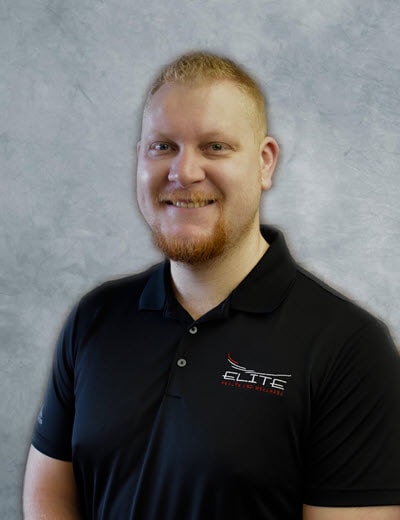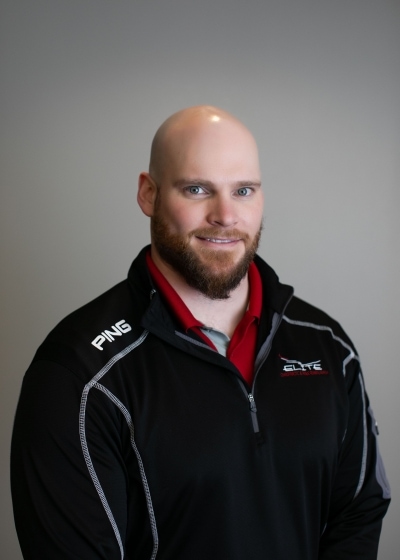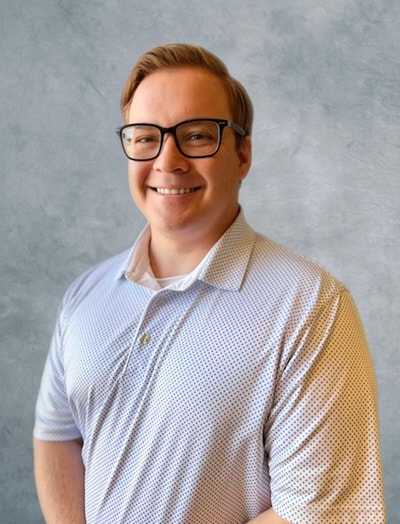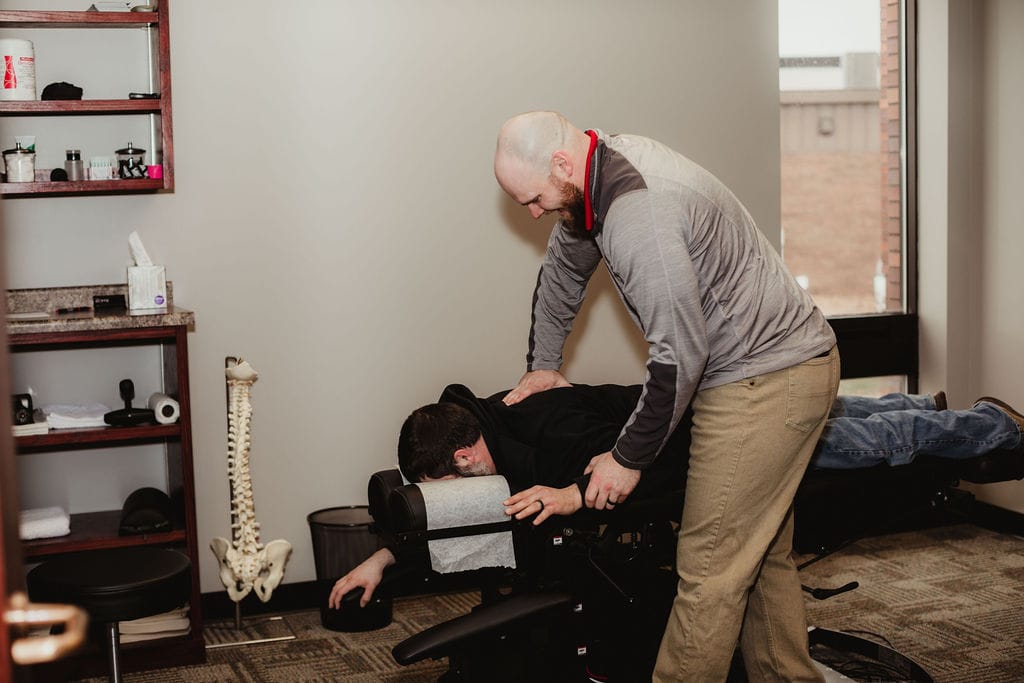Active Release Technique (ART) in Kearney
Elite ARTActive Release Technique
Active Release Technique or ART is a form of treatment for muscles, nerves and tendons that have become painful from overuse, repetitive motion or acute injury.
Active Release Technique treats a long list of muscle, nerve and tendon injuries. From strains and sprains to numbness and tingling, ART is an exceptionally effective treatment choice.
How does ART Workand What are the Benefits?
Active Release Technique works using a provider’s hands placed over specific structures and having that patient move through a particular motion. This treatment is designed to quickly reduce pain and restore function. Whether your condition is a minor strain or a complex injury, ART can get you back to work and back to play faster and more effectively than other therapy methods.
What can I expect at an Active Response Technique session?
Your first visit with our providers will likely start with your medical history, background and questions regarding the specific condition you’re experiencing. Once the provider has performed an exam, provided some education as well as an opportunity to ask questions, treatment begins using specific ART protocols to repair and restore mobility to the injured area.
The movements may be repeated several times depending on the number of affected areas and severity of pain. ART feels like an intense stretch. At times it may be slightly uncomfortable but never beyond a patient’s tolerance.
How does ART fit into a larger treatment plan?
Just like a carpenter has many tools in his toolbox, our providers are trained in a variety of methods to fit your preferred manner of treatment. Active Release Technique is an exceptional tool that provides many benefits. Because of ART’s effectiveness the overwhelming majority of patients treated with chiropractic will also receive ART treatment.
Injuries Treated by ART
Whenever the same movement is repeated over and over again, a condition can occur know as a Cumulative Trauma Disorder, or CTD. Here, trauma does not necessarily refer to getting hit, but to local tissue trauma caused by repeating the same motion. CTD is also known as Repetive Strain Injury (RSI).
There are two basic mechanisms of this type of injury:
- A person who does the same movement very rapidly with little weight and but also little rest. An example of this is an office worker or distance runner.
- A person who does the same movement many times with higher weight, but longer rest, such as a manufacturing employee or football player.
Left untreated, the muscles suffering from CTD can put excess stress on the surrounding joints. This ultimately changes the way they move, which can lead to more serious conditions, including osteoarthritis. In addition, it is important to remember that nerves are traveling from the spine to every part of the body. Muscles suffering from CTD put pressure on these nerves resulting in extremity numbness and tingling.
ART is the gold standard treatment for these types of injuries. ART has successfully resolved aches and pains related to repetitive motion and overuse strains and sprains for high level athletes to manufacturing employees for decades.
How do you know if you are suffering from CTD? Symptoms include:
- Numbness, tingling, or burning
- Muscle atrophy/weakening
- Localized pain
Common conditions treated with A.R.T. include:
- Golfers Elbow (Medial Epicondylitis)
- Tennis Elbow (Lateral Epicondylitis)
- Carpal Tunnel
- Active Release Technique has developed special protocols to treat nerve symptoms. These ART protocols have successfully resolved carpal tunnel symptoms in as little as 4 visits.
- Sciatica
- Frozen Shoulder/Adhesive Capsulitis
- Strained Muscles
- Sprained Ligaments
FAQ
Insurance plans probably won’t specifically list ART as a benefit, however, they likely cover services that broadly describe or approximate an ART treatment, such as a physical therapy modality or myofascial release. Our amazing staff will assist you in answering any billing or insurance questions.
Yes, a primary goal of ART is to restore and improve muscle, tendon and joint mobility as well as decrease pain.
Peripheral nerves can get irritated from vibration or repetitive motion. This is where a nerve entrapment may occur. A nerve entrapment may lead to numbness or tingling in the extremities. Your provider can quickly identify where the nerve is compromised and use ART to restore normal nerve function.
Myofascial release is a broad category of therapies. Active Release Technique is a superior form of myofascial release because of its effectiveness and success at resolving numerous soft tissue injuries.
Active Release Technique uses very specific protocols to treat particular muscles and structures that are causing your pain. Graston Technique is a soft tissue treatment that uses metal tools to “scrape” muscles through the skin to remove scar tissue.
While a lot of patients may experience relief from Graston Technique, our experience and evidence tells us that ART is far superior and a more proficient technique for soft tissue injuries.
Certainly. ART can be an effective part of a treatment plan for chronic pain. However, your provider will also need to address any underlying issues or illnesses that may be contributing to the chronic pain to be most effective.
The literature is divided in the evidence that supports manual therapy or ART in the treatment of scars. Some studies have reported good results, such as less pain and itching, and manual therapy was found to be effective in the presence of scars and burns.
However, some studies concerning the use of massage and manual therapy have reported inconsistency in achieving effective results. Thus, there are dissenting views in literature with regard to the use of manual therapy for scar tissue and further studies are needed.
Yes, Active Release Technique is the gold standard for treating soft tissue injuries. See the description of this above.
Yes, certain knee conditions can be helped with ART treatment. However, ART is only one part of a treatment plan. The most effective treatment includes active therapy and rehab.
Yes, ART is an effective treatment for plantar fasciitis. The bottom of the foot is divided anatomically into 4 distinct muscular layers. All these muscles interact and form the complex arches of the foot that absorb energy when we walk. Inflammation in the tendons of some of the muscles can create the foot pain known as plantar fasciitis. ART treatment provides a safe, non-invasive and effective resolution for plantar fasciitis.
Active Release Technique Specialists

Dr. Stickney is a former collegiate soccer player who’s goal is to improve the life

Dr. Sears is driven by his passion to build a stronger, more resilient active community

Dr. Peterson’s goal is to provide tools for his patients to do what they love

Dr. Stansbury has a passion for movement. His goal is to help the community move
